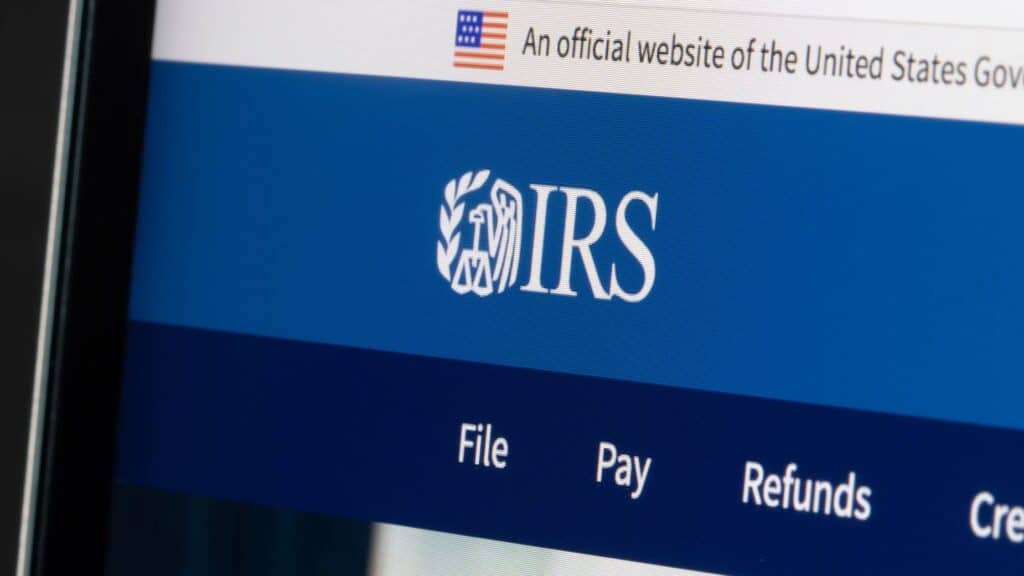
When considering saving for your future, there are a lot of things to consider, but maybe the most important one of them is the legislative changes that apply to 401(k) plans, one of the most common saving tools. In 2022, Congress passed a law to help Americans boost their savings and that encompassed several measures like more accessible retirement plan enrollment, higher catch-up contribution limits and more.
This law, called SECURE 2.0 Act, expanded on the original 2019 SECURE (Setting Every Community Up for Retirement Enhancement Act) and started going into effect in 2023. Most of the measures have been implemented, but some of the changes will not go into effect until 2027, with many provisions going into effect some time before that.
2025 SECURE 2.0 Act 401(k) Plan Changes
1. Automatic Enrollment for New 401(k) Plans
This is probably one of the most significant changes when it comes to improving retirement savings. Prior to the change, employees had to request enrollment into their company provided 401(k) plan. This means that many skipped the step or let more time than necessary pass before enrolling, wasting precious months of payments.
Now all new 401(k) plans must automatically enroll eligible employees unless they specifically opt out. This does not apply to small companies with less than10 employees or a business under three years old, churches or the government, but the rest will have to comply with the measure.
The rate at which you contribute to the plan will also be chosen by your employer unless you select your rate independently. Initial contribution rates range from 3% to 10% of your salary, with the most common number being 6% according to digital savings platform Vestwell. Once you are enrolled in your plan with that initial contribution rate, the rate will increase annually by 1% until it reaches the maximum set by your employer (you can opt out of this measure too). The maximum contribution rate is set to 10% or 15% depending on the employer.
2. Quicker Eligibility for Part-Time Workers
One of the main reasons why some workers forgot to sign up for company 401(k) plans is because they are not automatically eligible upon being hired. Right now, you must work 1,000 hours in a year or 500 hours over three consecutive years to qualify for an employer’s 401(k) plan. Thanks to the Secure Act 2.0 time will be reduced, and from next year on it will be two consecutive years, allowing for part time employees to get there faster.
Just remember that the maximum contribution to the plan remains the same no matter how many 401(k) employer plans you are enrolled in, so if you have more than one job and more than one plan, you will have to spread the limit amongst them.
3. Higher Catch-Up Contributions for Older Workers
Since the amount of saving older adults have for retirement is worryingly low, this new Act aims to improve the contributions for those closer to retirement. In an AARP survey it was discovered that 61% of adults 50 and over do not think they will have enough savings to cover their retirement spending. In fact, 20% of them have not yet started to save.
The SECURE Act 2.0 aims to improve their chances to catch up by augmenting the contribution limit. The 2024 401(k) catch-up contribution limit is $7,500 for those 50 and older and in 2025 this number will grow even more for those between 60 to 63. The catch-up contribution limit will increase to the number that allows for bigger savings, $10,000 or 50% more than the regular catch-up limit and will be adjusted for inflation after 2025 in order to increase along costs.





























